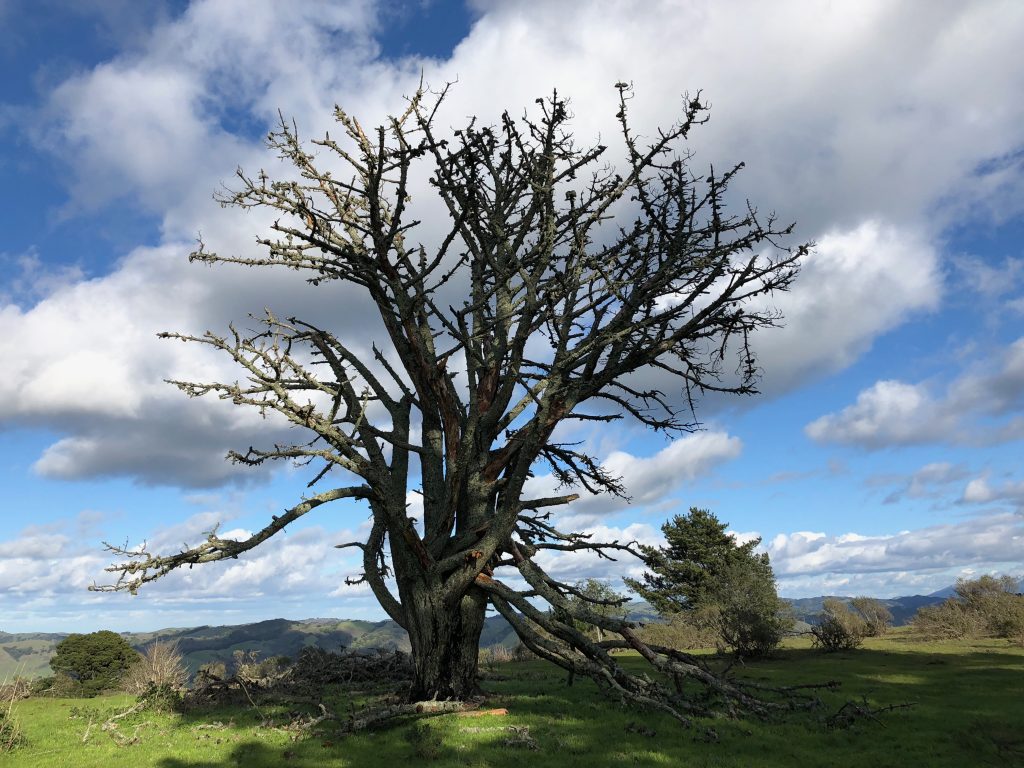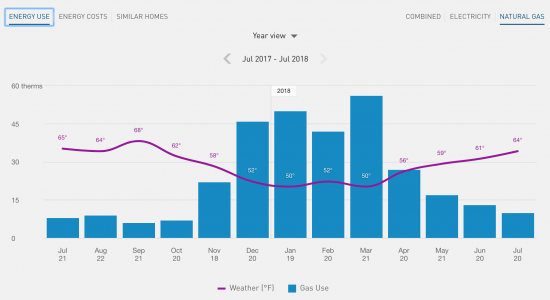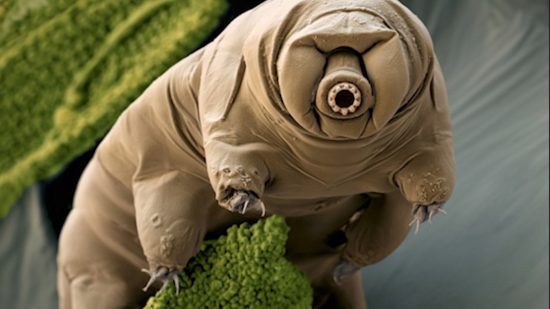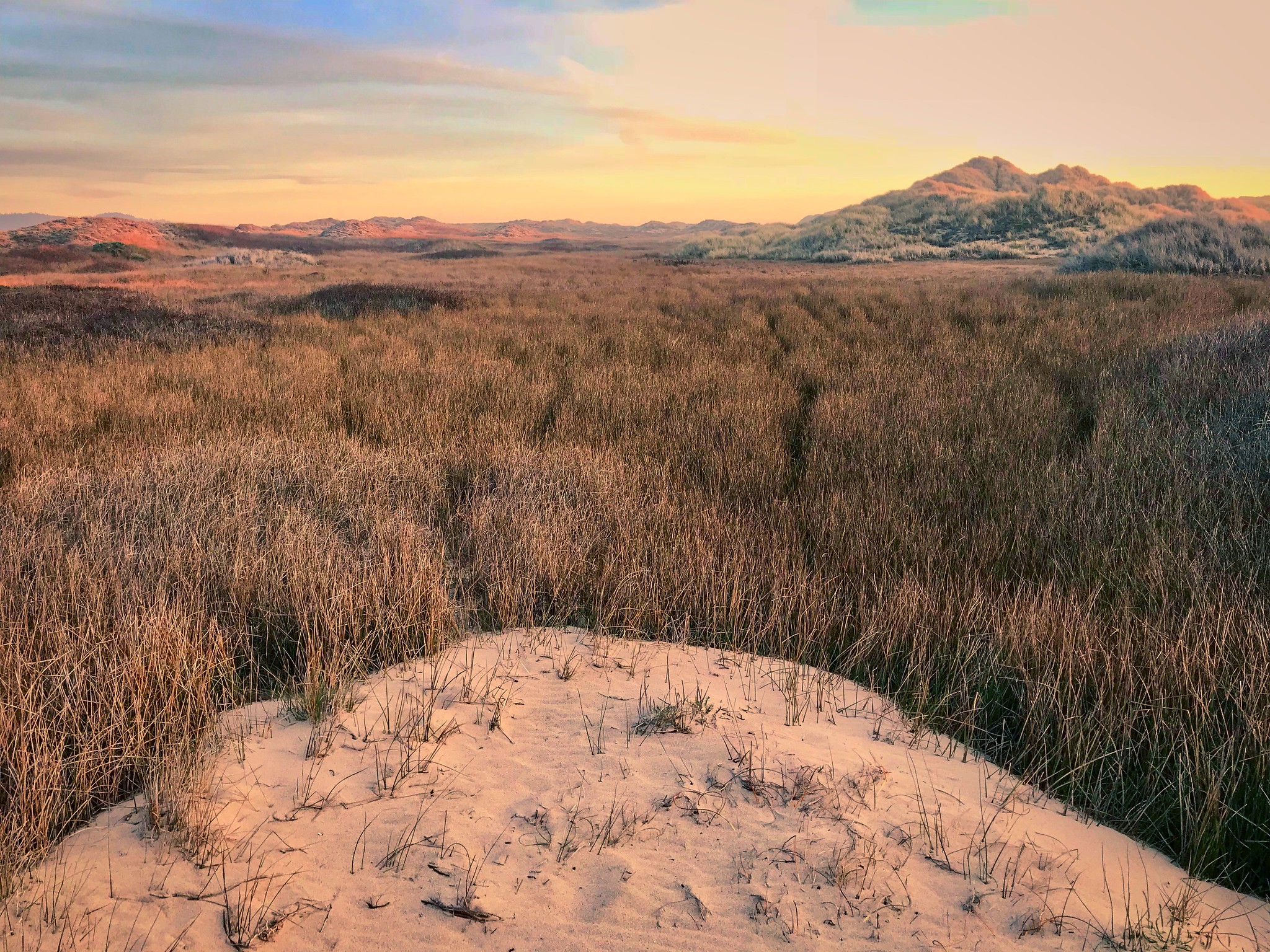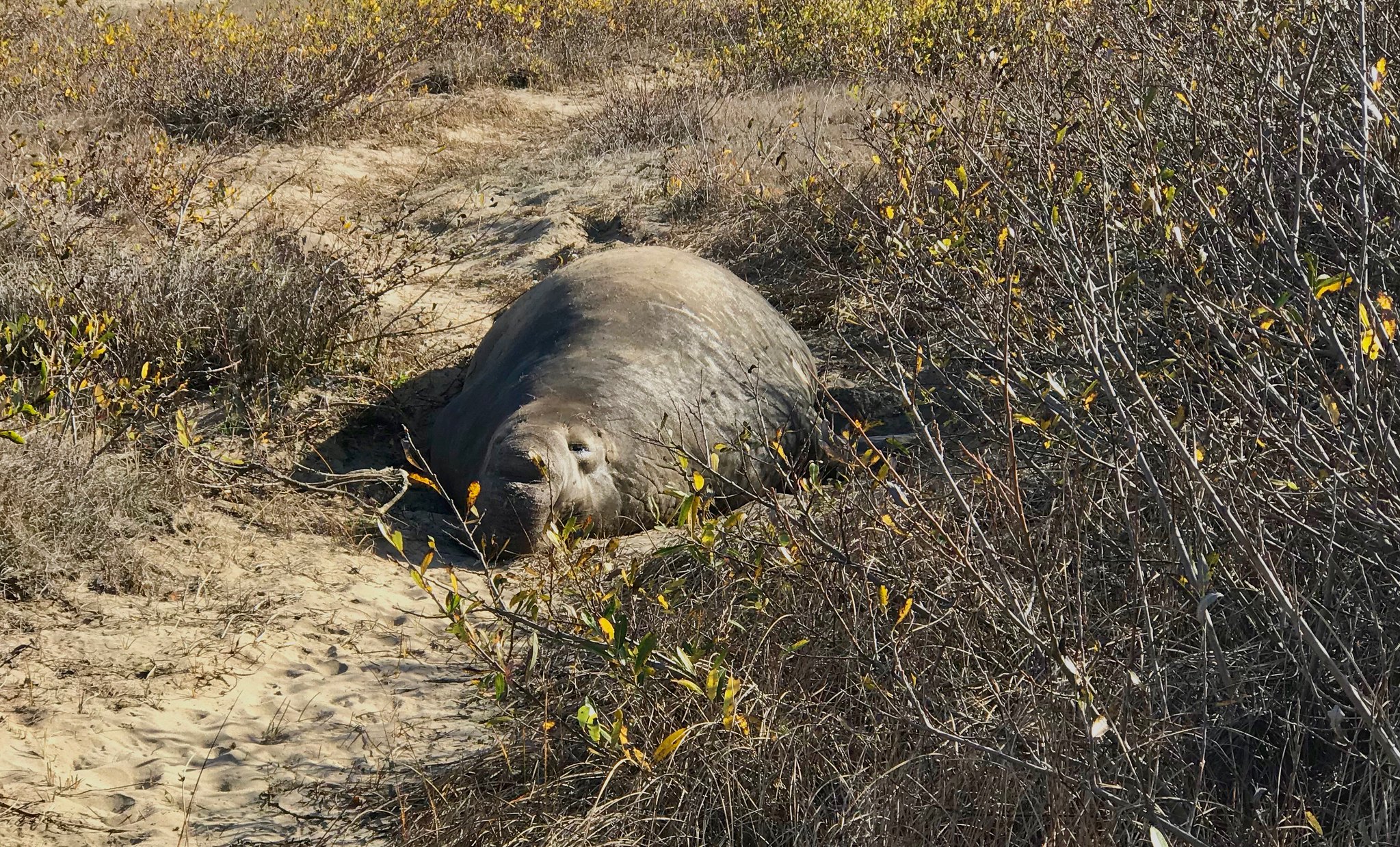Mountain biked up to Sapfinger to replace a geocache this afternoon, and bumped into an old friend on the way back. Can’t help myself from snapping this tree every time I’m up there – starkly beautiful in any light, but always reminded that what makes it so photogenic is the fact that it’s dying and leafless (pine beetles?). Today, turkey vultures were circling around and through, gliding just above its branches. Every time I visit, a few more big branches are crumbling at its feet. In a few years it’ll be just a stump, then eventually nothing, and this plateau will be a lonelier place.
Meet the Press on Climate Change
This weekend’s edition of Meet the Press took a totally new tack. Just one topic: Climate change. And the show started with an introduction: “We’re not going to debate climate change, the existence of it. The Earth is getting hotter. And human activity is a major cause, period. We’re not going to give time to climate deniers. The science is settled, even if political opinion is not. And we’re not going to confuse weather with climate.” Followed by a full hour of hard-hitting conversation. We’re going to start seeing a lot more of this. Thanks MTP for putting a stake in the ground.
Meet the Press – December 30, 2018
Meet the Press – December 30, 2018

Michael Bloomberg, Gov. Jerry Brown, Craig Fugate, Michele Flournoy, Dr. Kate Marvel, Carlos Curbello and Anne Thompson
Eight Million
Visualize eight million of something, anything. Now visualize a metric ton. Now visualize eight million metric tons. That’s how much plastic enters our oceans every year. Mind boggling.
After posting last week about how just nine rivers in the world account for most of the plastics in the world’s oceans, I heard from a group called Sustainable Asia about a podcast series they’ve produced about ocean plastics, the challenges of plastics recycling, the conundrum of incineration (waste-to-energy), and the programs China is undertaking to address its role in the crisis. I listened to it over the course of a week and it was so good I’m starting over. Super recommend (though it takes a bit to really ramp up).
May Contain Dinosaurs
When people say “fossil fuels” they think of fossils, which makes them think of dinosaurs, which makes them think fossil fuels are made of dinosaurs. But that is far from truth. Actual dinosaurs make up a teeny, tiny percentage of fossil fuels, which really represent the carbon leftovers of ancient moss and other plant matter. Think of how much biomass you get when you rake leaves a few times a year. Multiply by the earth’s surface, and that by millions of years. If a few lizards found their way into the pile, fine. “May contain dinosaurs.”
10 Rivers Responsible for 95% of Ocean Plastics
95% of ocean plastics enter the water via rivers in China, India, and Africa. As important as it is to find ways to reduce our own plastic consumption/waste, and to continue finding ways to clean up the existing gyres, we need to focus on ways to help other countries improve their waste management, and to help them install massive filtration systems at the outlets of these rivers. Starting with the Yangtze.
Trash rivers: these 10 rivers are responsible for most plastic that flows out to the seas
Trash rivers: these 10 rivers are responsible for most plastic that flows out to the seas

Just ten rivers are responsible for up to 95% of all river-borne plastic trash that ends up in the sea. Silver lining: cleaning them up would have a huge positive impact.
Source: bigthink.com/strange-maps/these-10-rivers-carry-95-of-all-plastic-into-the-ocean
PG&E Home Energy Stats
Our energy provider is PG&E, though we opt-in to the MCE Deep Green program to ensure that 100% of the energy we use is sourced from wind and solar (it’s like having solar panels without having to own your own inverters). Went looking on PG&E’s web site last night to see how owning an EV has changed our electricity consumption over the past 1.5 years and was blown away by the quality of the data access and visualizations they provide. You can download billing and consumption data in CSV or XML for any date range, for import into spreadsheets or so you can build your own web app. But why bother? They offer a huge range of ways to view your usage data over time, to compare your usage to similar homes, to view electric, gas, or combined. They overlay weather data and plot-lines to help explain usage spikes. Super well done. You can fine-tune your home’s characteristics for better reporting accuracy.
The answer to my original question? Pretty much zero. Driving an EV has had negligible impact on our electricity consumption, which means I’m basically driving for free (though granted I sometimes take advantage of the charger in the work parking garage). Shown: How our natural gas usage increases in the winter months.
Tardigrade Non-Invincibility
Tardigrades, aka Waterbears, aka “Moss Piglets” (I just learned that third term while traveling in Iceland) are usually referred to as basically immortal, since they are pretty much resistant to heat, freezing, radiation, and the vacuum of space. Incredible creature, and cute too, but there’s a perception problem:
Virtually every article you read or video you see about them plays up their indestructibility without recognizing that they’re totally destructible! They’re endoskeletal but with a soft shell, which means they’re basically resistant to everything except the things that would actually kill them. In the real world, tardigrades are eaten by the millions by crabs, shrimps, slugs, snails, mites, spiders, insects, and other waterbears.
The moss piglet species strategy seems to be “Who cares about the short-term survival of most of us, as long as some of us can stick around through WWIII or the next catastrophic asteroid impact?”
Thanks TierZoo (and Milezinator for bringing this to my attention):
Mountain Biking at Lone Oak with Temmo
Wanted to share the mountain biking route I usually do with Temmo the Dog — this is our three-mile, three-trail loop in the El Cerrito hills (350 ft climb, max speed 20 mph). First couple of minutes are the slower climb, then the real fun starts. Temmo makes a couple of friends along the way, and we both get our ya-yas out. 30 mins edited down to seven. Ride with us!
Banana slug with mushrooms, Año Nuevo
A̱o Nuevo РElephant Seals, Costanoa
Spent a couple of days off the grid at Año Nuevo state park with families. The first evening, Amy and I found ourselves trudging across 1/2 mile of dunes to meet the sun just as it kissed the horizon of the sea. With a light haze blowing through the sand and tall grasses, scenery was mystical and perfect. Elephant Seals unfortunately weren’t very active when we were there – just sunbathing blobs, but neat to see anyway. Wrapped up with a hike in the foothills beneath Big Basin. Recharged!
Lots more in this Flickr set

